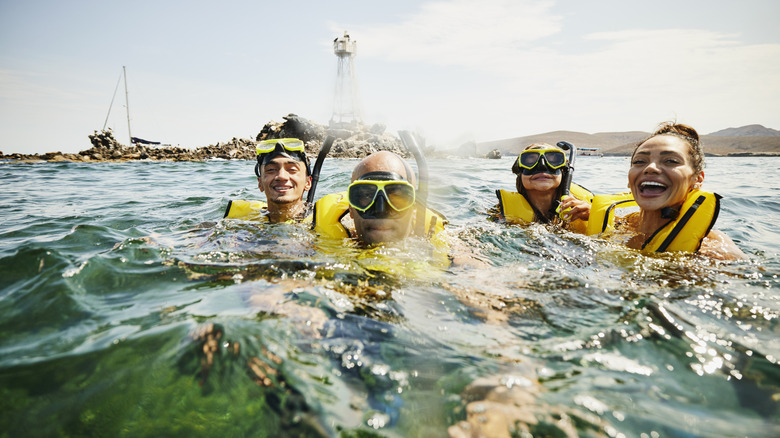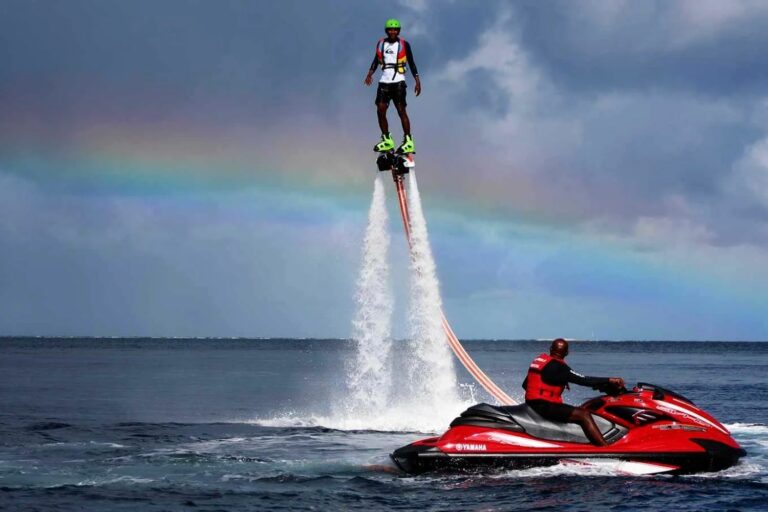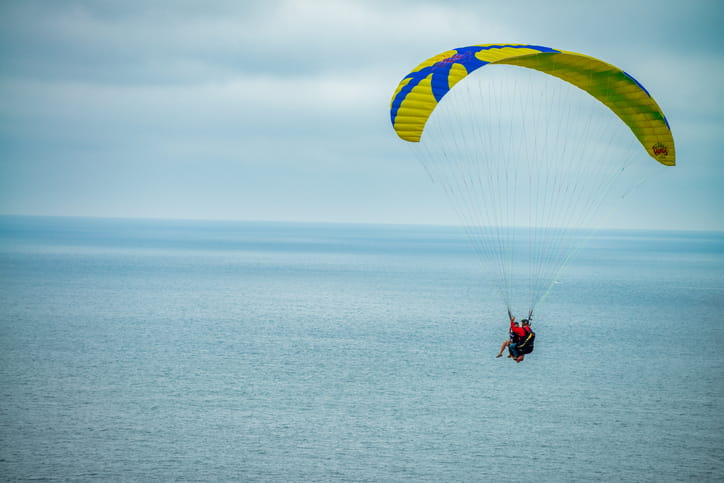Is snorkeling a thrilling adventure or a risky endeavor? This question often crosses the minds of those eager to explore the vibrant underwater world. Snorkeling offers a unique opportunity to witness marine life up close, an experience that promises both beauty and excitement. However, like any water activity, it comes with its own set of risks. Understanding these potential dangers and how to mitigate them can make all the difference between a safe, enjoyable experience and a hazardous one. In this post, we will delve into the common risks associated with snorkeling, provide safety tips to ensure a secure adventure, and highlight the undeniable benefits of this popular pastime. By the end, you’ll be equipped with the knowledge to make an informed decision and fully enjoy the wonders beneath the waves.
Understanding the Risks of Snorkeling
Snorkeling is often perceived as a leisurely activity, but it does come with inherent risks. Understanding these risks is crucial for anyone planning to explore the underwater world.
Common Risks Associated with Snorkeling
- Drowning: Despite being a surface activity, drowning remains a risk, especially for non-swimmers or those unfamiliar with ocean currents.
- Marine Life Encounters: While most marine creatures are harmless, some can pose threats. Jellyfish stings, sea urchin punctures, and encounters with more aggressive species can lead to injuries.
- Environmental Hazards: Strong currents, waves, and changing tides can quickly turn a safe snorkeling spot into a dangerous one.
- Equipment Failure: A malfunctioning snorkel or mask can lead to water inhalation, panic, and increased risk of drowning.
- Sunburn and Dehydration: Prolonged exposure to the sun can cause severe sunburn, while dehydration is a common risk due to physical exertion and heat.
Safety Measures for Snorkeling
To mitigate these risks, several safety measures should be observed by snorkelers of all experience levels.
Invest in Quality Equipment
High-quality snorkeling gear is essential for a safe and enjoyable experience. Consider the following:
- Mask: Ensure a proper fit to prevent water leakage and maintain clear visibility.
- Snorkel: Opt for a snorkel with a purge valve and splash guard to prevent water entry.
- Fins: Choose fins that fit comfortably and provide adequate propulsion with minimal effort.
- Wetsuit or Rash Guard: Protects against sunburn and jellyfish stings, and provides buoyancy.
Choose the Right Location
Selecting a suitable snorkeling location is crucial for safety. Consider these factors:
- Calm Waters: Choose areas with minimal current and wave activity.
- Visibility: Clear water enhances visibility and reduces the risk of collisions with marine life.
- Lifeguard Presence: Areas with lifeguards provide an additional safety net.
- Proximity to Shore: Stay close to shore to ensure quick access to safety if needed.
Practice Good Snorkeling Techniques
Proper techniques can significantly enhance safety and enjoyment:
- Buddy System: Always snorkel with a partner for mutual support and assistance.
- Stay Relaxed: Panic can exacerbate dangerous situations; maintain calm and control.
- Floatation Devices: Use floatation vests to conserve energy and provide buoyancy.
- Avoid Touching Marine Life: Interacting with marine life can provoke defensive behavior.
Emergency Preparedness
Even with precautions, emergencies can occur. Being prepared is essential:
Learn Basic First Aid
Understanding basic first aid can make a significant difference in an emergency:
- CPR Skills: Cardiopulmonary resuscitation can be life-saving in drowning incidents.
- Wound Care: Treat cuts and stings promptly to prevent infection.
- Allergy Management: Carry antihistamines for allergic reactions to marine life stings.
Know Emergency Contacts
Before snorkeling, familiarize yourself with local emergency contacts:
- Local Lifeguards: Know their location and how to signal for help.
- Emergency Services: Have the contact number for local emergency services saved.
Environmental Awareness
Respecting the environment not only ensures personal safety but also preserves marine ecosystems:
Follow Local Guidelines
Adhere to local regulations to protect both yourself and the environment:
- Protected Areas: Respect no-entry zones to preserve delicate ecosystems.
- Waste Disposal: Avoid littering and dispose of waste properly.
Practice Sustainable Snorkeling
Sustainable practices help maintain marine biodiversity:
- Avoid Feeding Marine Life: Feeding disrupts natural behaviors and diets.
- Minimize Contact: Do not touch or disturb coral reefs and marine life.
Conclusion
Snorkeling offers an unparalleled glimpse into the ocean’s wonders, but it requires respect for both the environment and personal safety. By understanding potential risks and adhering to safety measures, snorkelers can enjoy a safe and rewarding experience. Remember, preparation and awareness are key to exploring the depths safely.





